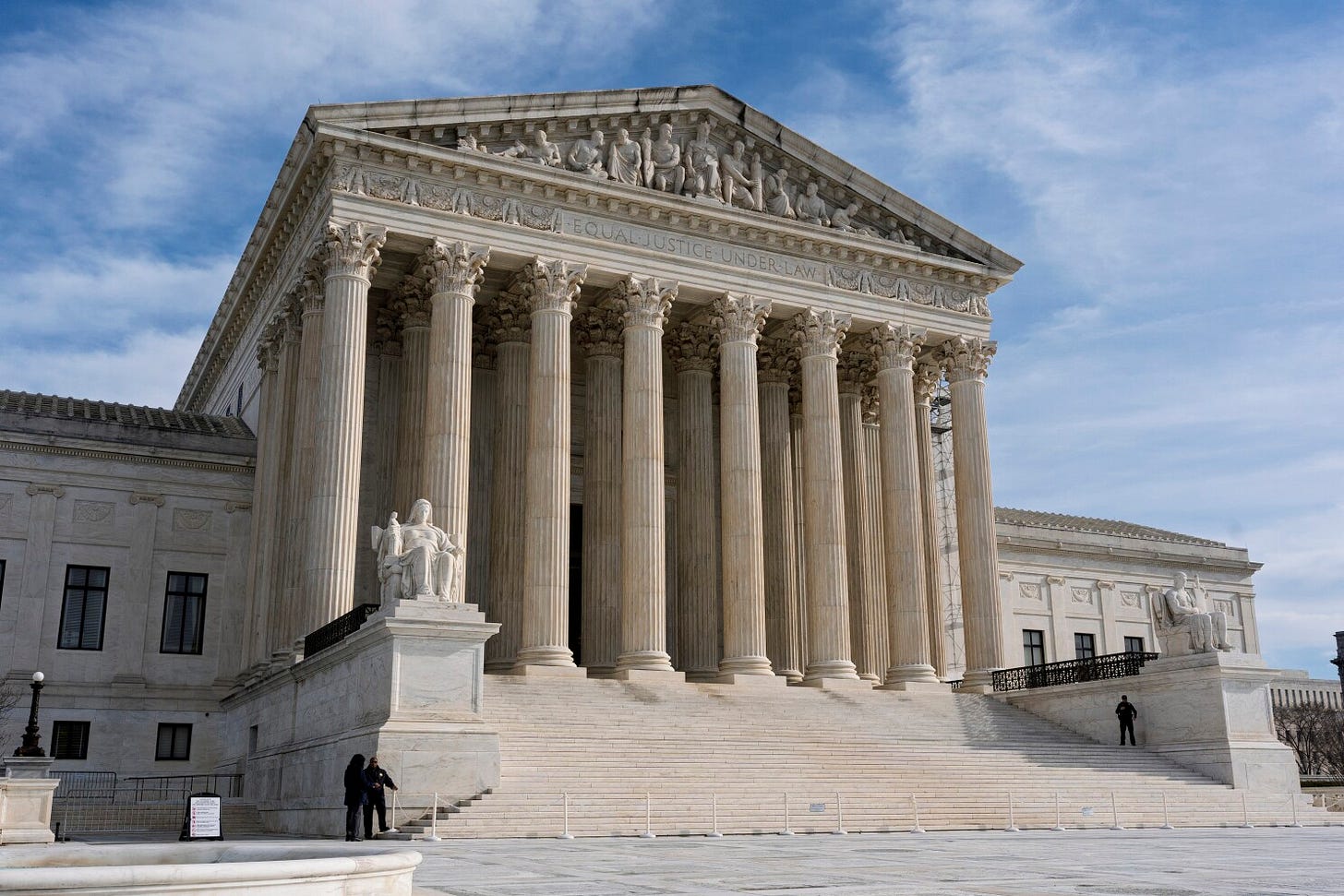The Supreme Court’s Ruling on Trump’s Dismantling of the Department of Education: Executive Power, Bureaucratic Overreach, and Political Realities
On July 14, 2025, the U.S. Supreme Court issued a pivotal decision allowing President Donald Trump to proceed with mass layoffs at the Department of Education (DOE), effectively clearing the way for his administration to significantly reduce the agency’s size and influence.
This ruling, which overturned a lower court’s injunction, represents a significant expansion of executive authority, affirming the president’s ability to reorganize or dismantle federal agencies without explicit congressional approval in certain contexts.
While the decision has sparked intense debate over constitutional checks and balances, it also raises broader questions about the scope of executive power, the role of federal bureaucracies, and the political feasibility of targeting more entrenched agencies like the CIA, FBI, DEA, IRS, ATF, or the Federal Reserve.
The Supreme Court’s Decision: A Victory for Executive Power
The Supreme Court’s unsigned order on July 14, 2025, lifted a preliminary injunction issued by U.S. District Judge Myong J. Joun, a Biden appointee, which had blocked the Trump administration from implementing mass layoffs of over 1,300 DOE employees and transferring key functions to other agencies.
The lower court had argued that such actions amounted to an illegal attempt to dismantle the DOE, an agency established by Congress in 1979, without legislative approval. The Supreme Court’s decision, however, prioritized the executive branch’s authority to manage its internal operations, siding with the Trump administration’s argument that the president has significant leeway to reorganize federal agencies to align with policy objectives.
The majority’s rationale hinged on the constitutional vesting of executive power in the president, as articulated in Article II of the U.S. Constitution. The Court’s order suggested that the executive branch’s authority to manage agency operations, including workforce reductions, outweighs the immediate harm to employees or the agency’s functions, at least temporarily.
This ruling aligns with a broader trend in recent Supreme Court decisions expanding executive power, particularly under conservative majorities skeptical of bureaucratic overreach. Justice Sonia Sotomayor, joined by Justices Elena Kagan and Ketanji Brown Jackson, issued a scathing dissent, arguing that the decision “hands the Executive the power to repeal statutes by firing all those necessary to carry them out,” threatening the constitutional separation of powers.
The ruling does not definitively resolve the legal question of whether Trump’s actions violate the law, as the case continues in lower courts. However, it allows the administration to proceed with layoffs and restructuring in the interim, effectively gutting the DOE’s capacity to function as it has historically. The decision underscores a critical point: the executive branch, under certain conditions, can unilaterally take significant steps to dismantle federal agencies without immediate judicial interference, provided those actions are framed as internal management or reorganization.
Executive Authority: Unilateral Power to Dismantle Agencies?
The Supreme Court’s ruling reinforces the principle that the president, as the head of the executive branch, possesses broad authority to manage federal agencies, including the power to reorganize, reduce staff, or redirect functions. This authority stems from the president’s constitutional duty to “take care that the laws be faithfully executed” (Article II, Section 3). In practice, this means the president can issue executive orders, direct agency heads, and implement workforce reductions without necessarily seeking congressional approval, as long as the actions do not explicitly violate statutory mandates.
In the case of the DOE, President Trump issued an executive order on March 20, 2025, directing Education Secretary Linda McMahon to “take all necessary steps to facilitate the closure” of the department. The administration argued that these steps—mass layoffs, transferring student loan management to the Small Business Administration, and special education programs to the Department of Health and Human Services—were lawful exercises of executive discretion aimed at improving efficiency. Solicitor General D. John Sauer contended that lower courts, such as Judge Joun’s, overstepped their authority by second-guessing the executive’s internal management decisions.
This interpretation of executive power suggests that the president could, in theory, target other federal agencies for similar restructuring or dismantling. The Supreme Court’s decision to lift the injunction implies that courts may be reluctant to intervene in such actions unless clear statutory violations are demonstrated. However, the extent of this authority remains contentious. While the president can reduce staff or reassign functions, outright abolishing an agency created by Congress—such as the DOE—requires legislative action. The Court’s ruling sidesteps this question for now, focusing instead on the permissibility of interim actions like layoffs.
Keep reading with a 7-day free trial
Subscribe to Lawfare to keep reading this post and get 7 days of free access to the full post archives.




